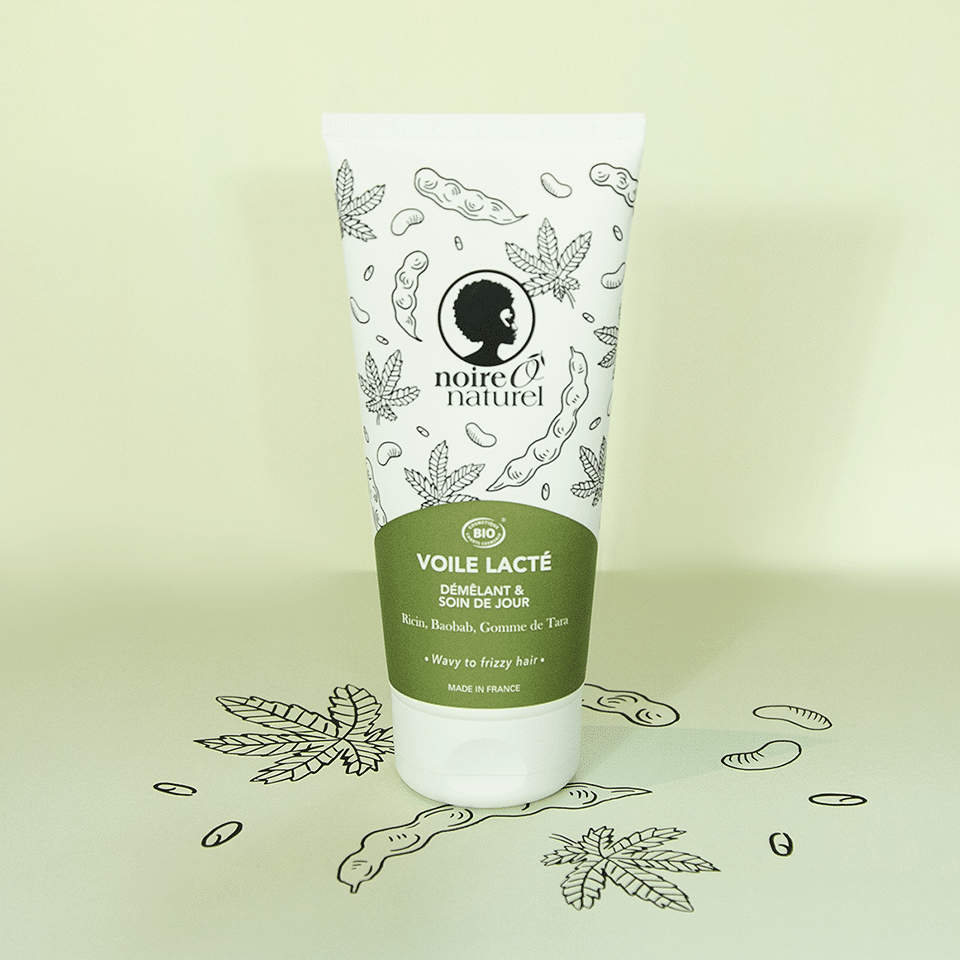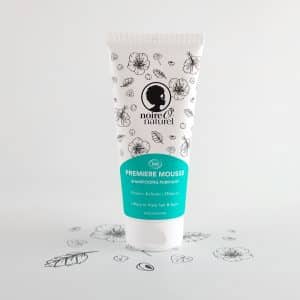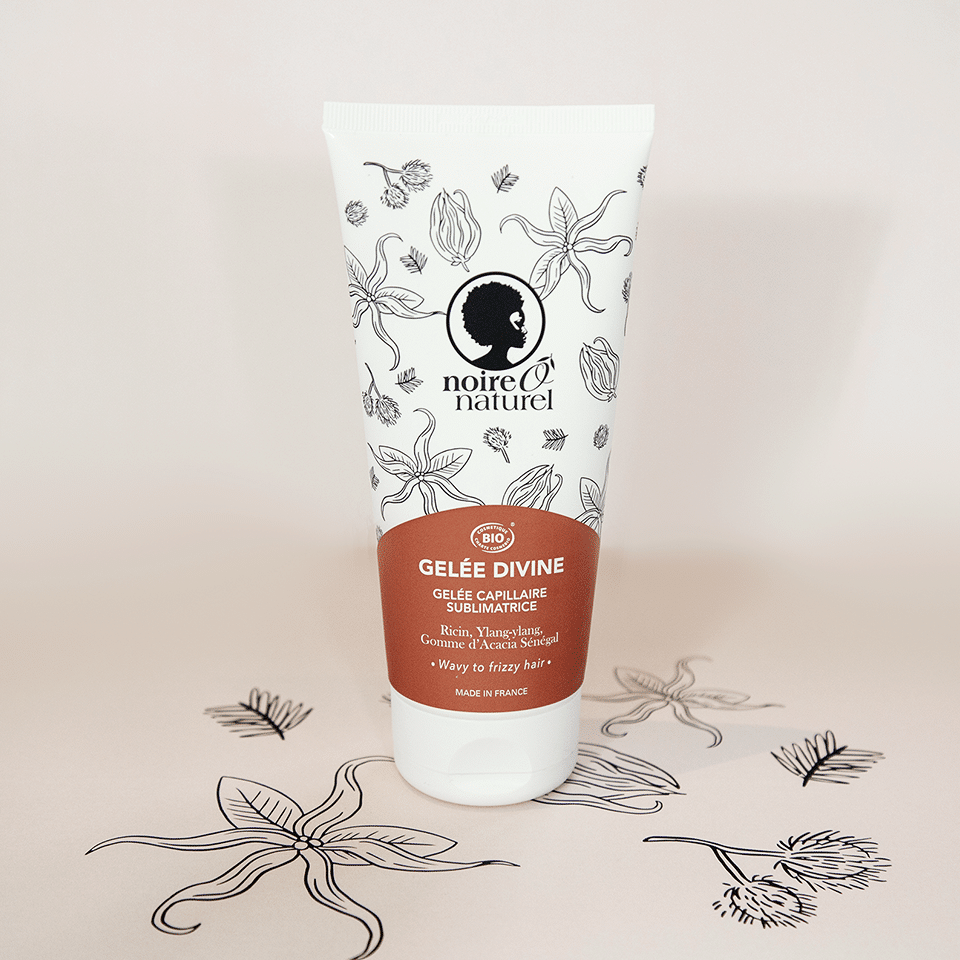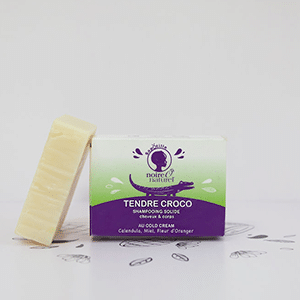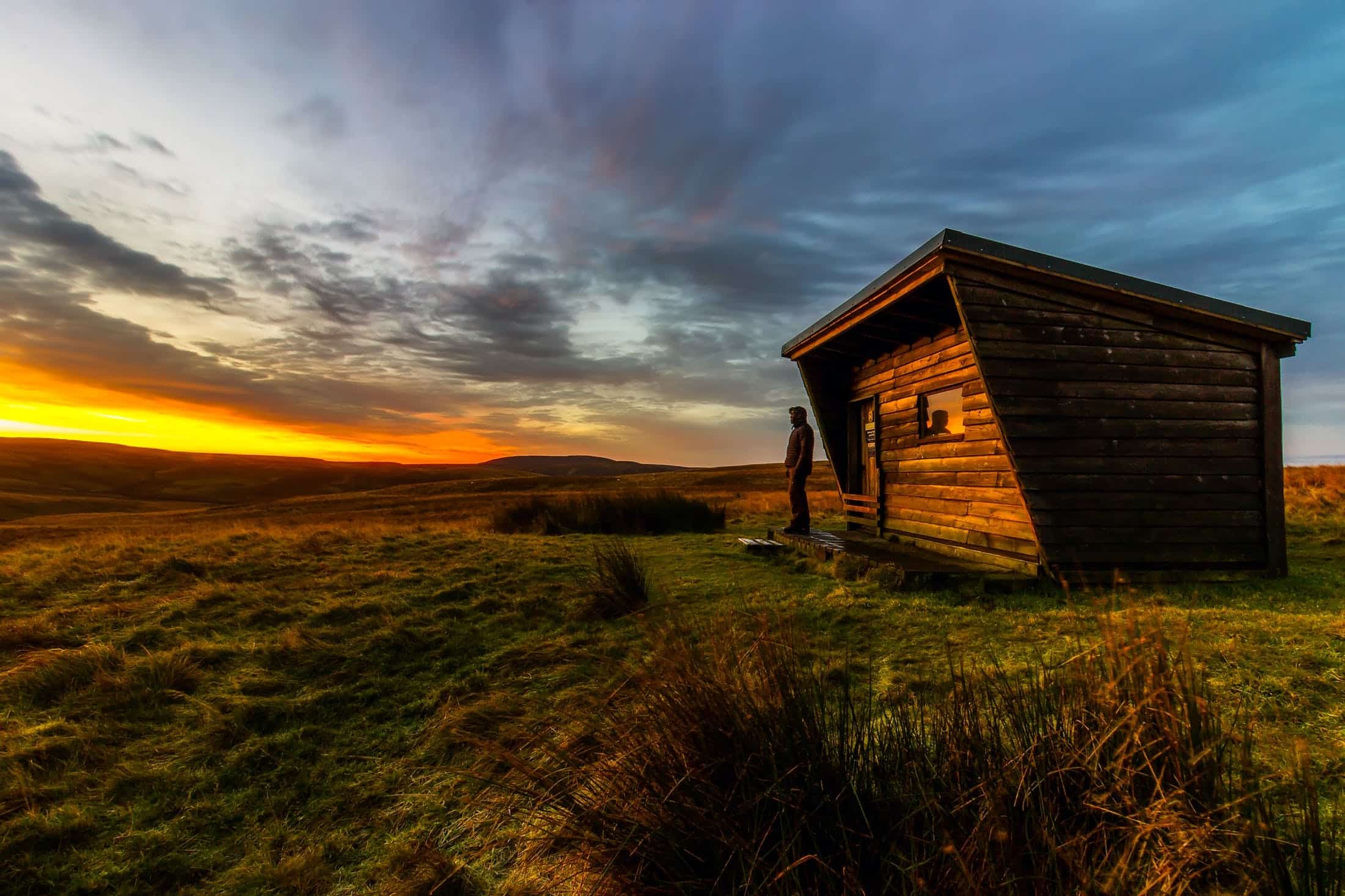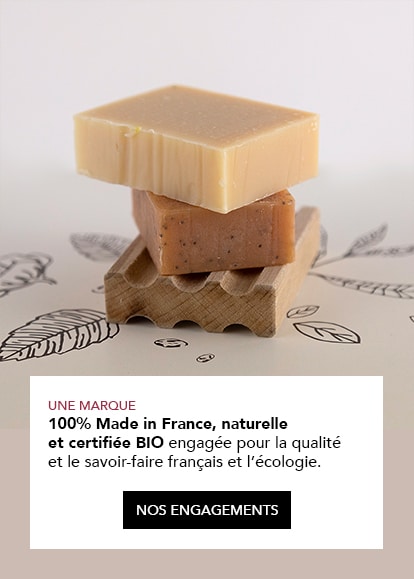Copyright photographie : Pixabay
In a world where excessive consumption and materialism are commonplace, the tiny house movement offers a radically different alternative. Inspired by the principles of minimalism, this lifestyle encourages people to simplify their living space, reduce their possessions and focus on the essentials.
Let’s take a look at the ins and outs of this fast-growing movement.
1. The philosophy of Minimalism:
In a nutshell, minimalism advocates simplicity. It’s an approach to life that involves getting rid of the superfluous in order to concentrate on what’s really important. It’s about defining what brings value to your life and freeing up space, both physical and mental, for those meaningful elements. Tiny houses are a physical embodiment of this philosophy.
2. What is a Tiny House?:
A tiny house is a small house, usually between 10 and 40 square metres, ingeniously designed to maximise the use of space. It offers everything you need to live comfortably, but in a compact format. Tiny houses are often built on trailers for maximum mobility, but fixed versions are also available.
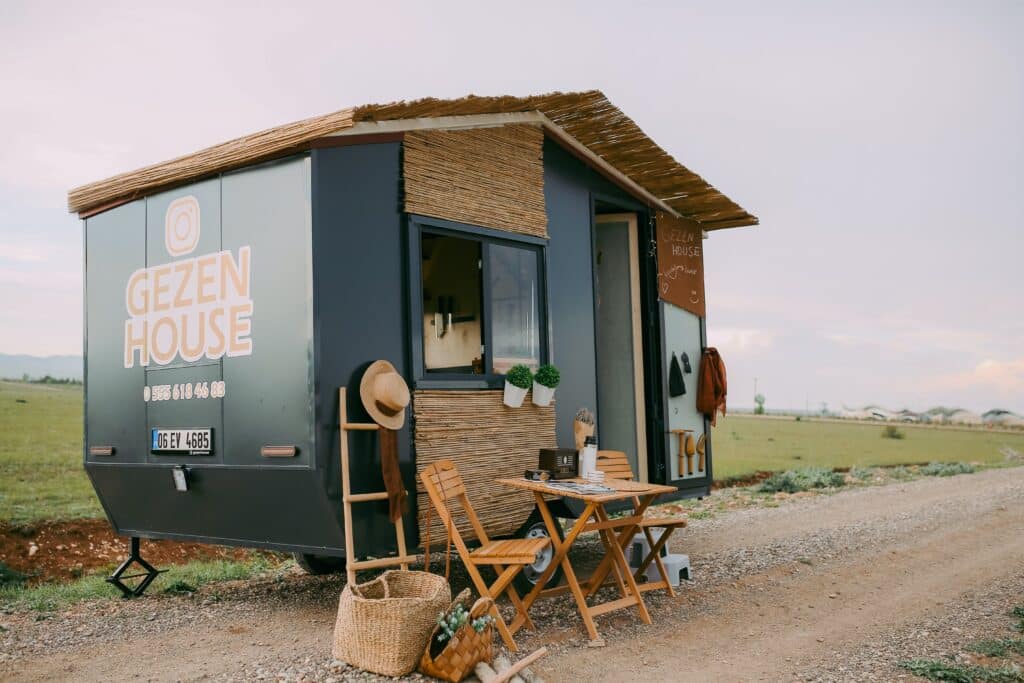
Copyright photographie : Melike Benli
3. Advantages of Tiny Houses:
- Lower costs: Tiny houses are more affordable to build, buy and maintain than traditional houses, which means lower expenses.
- Less Environmental Impact: With their reduced size, tiny houses consume fewer natural resources and require less energy to heat or cool.
- Less Superfluous: Living in a small space means making choices about what you own, which encourages you to get rid of the superfluous and simplify your life.
- Mobility: Tiny houses on wheels offer the freedom to travel and explore new places while still having a home from home.
- Focus on Experience: By reducing the size of their home, occupants are encouraged to spend more time outdoors and enjoying life rather than maintaining a large house.
4. The Challenges of Tiny Houses:
- Limited space: Although minimalism is the goal, living in a small space can be difficult, especially for families.
- Management: Getting rid of objects and habits can be emotionally difficult for some people.
- Legislation and regulations: In some regions, tiny houses face legal challenges due to specific building codes.
- Lifestyle Adjustment: Moving to a tiny house may require a significant adjustment in lifestyle and habits.
5. The Choice of Minimalism:
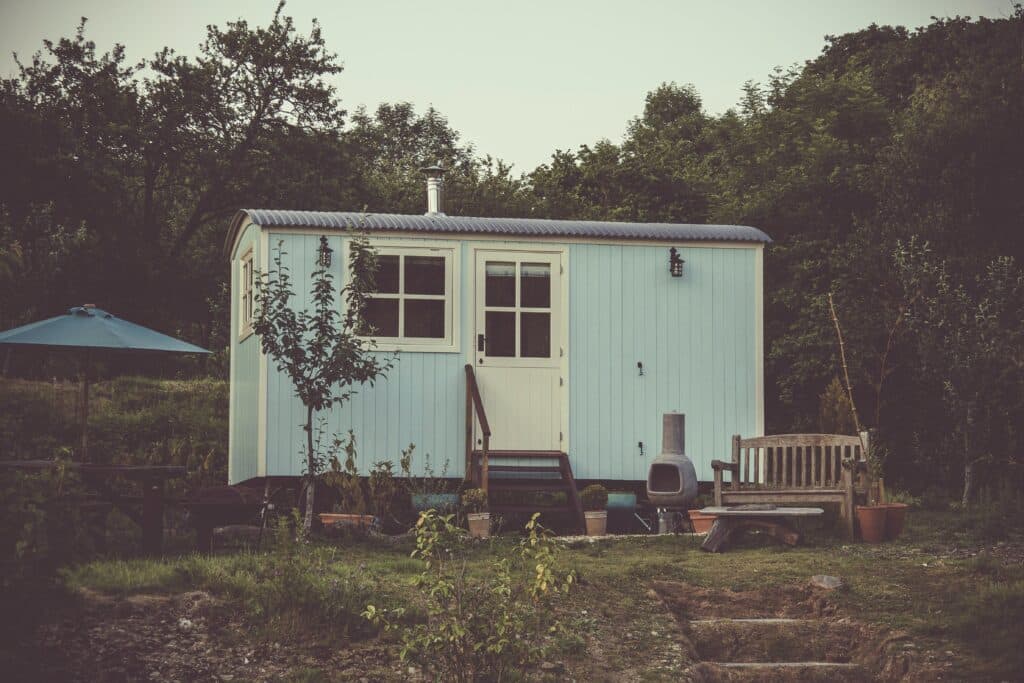
The tiny house movement isn’t just about housing; it’s a decision to live intentionally and in line with your values. This can mean different things to different people. Some opt for tiny houses to save money, while others do it to reduce their environmental impact or to embrace minimalism.
Copyright photographie : James Frid
Ultimately, living in a tiny house is an invitation to reconsider our priorities and redefine what is essential in our lives. It’s a reminder that the size of our space doesn’t necessarily correlate with our happiness, and that simplicity can lead to a richer, more meaningful life.
Whether you’re drawn to minimalism or just curious, tiny houses offer an inspiring look at a simpler, more intentional life.
So, what do you think? Could you live in a tiny house? Tell us in the comments!
You want to know more about traveling in a sustainable way ? More info right here.




